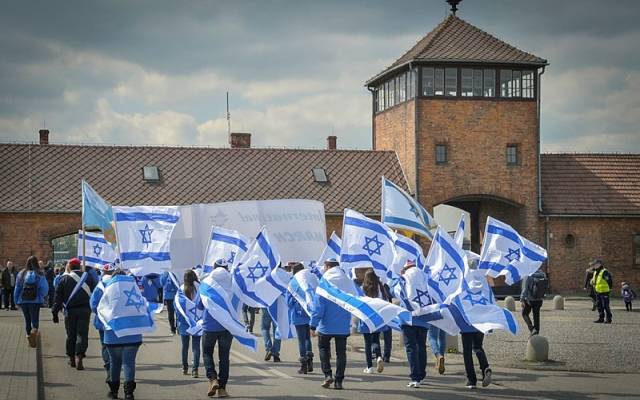The 14.5 million Jews living throughout the world today are still two million less than the Jewish population prior to the Holocaust.
By: United with Israel Staff
According to figures released by Israel’s Central Bureau of Statistics (CBS) in advance of Yom Hashoah, Israel’s Holocaust Remembrance Day, the global Jewish population stands at 14,511,000 million, an increase of 26 percent since 1948.
Yet, despite this increase, there are still two million fewer Jews in the world than there were prior to the Holocaust. In 1939, the world’s Jewish population stood at 16.6 million. One-third of those were murdered by the Nazis and their collaborators.
In 2018, over 70 years after the Holocaust, the largest Jewish population — 6.45 million — lives in Israel. This figure is a ten-fold increase in the state’s population at the time of its establishment in 1948 and represents 43 percent of world Jewry.
The US has the world’s second largest Jewish population, with 5.7 million people, France has 456,000 Jews and Canada has 390,000.
According to CBS projections, Israel’s population will surpass 10 million some time between 2025 and 2030.
While the world’s Jewish population has increased by 26 percent since the Holocaust, the general population of the globe has increased from 2.5 billion to 7.5 billion — a threefold increase.
Israel’s population is young in comparison to other Western countries. Children up to the age of 14 constitute 28 percent of the population.
According to a 2016 survey, 25 percent of the Israelis polled say they believed there is reason to fear that another Holocaust will be perpetrated against the Jewish people and 24 percent believed there is a chance that the State of Israel will cease to exist.
Even seven decades since the Holocaust was perpetrated, more than two-thirds of Israelis, 67 percent, expressed worry about the safety of Jewish communities outside of Israel.
